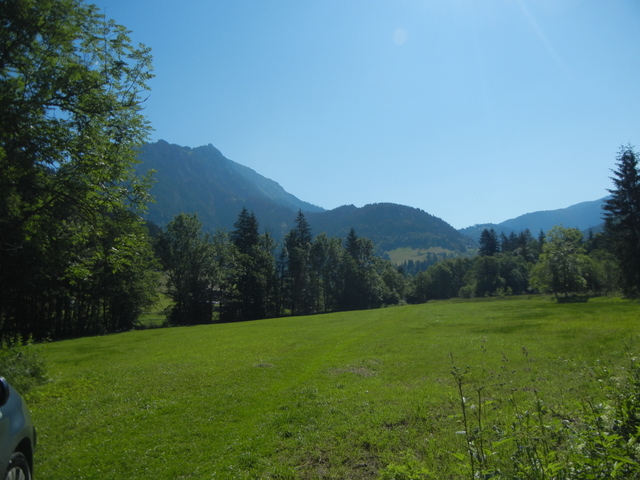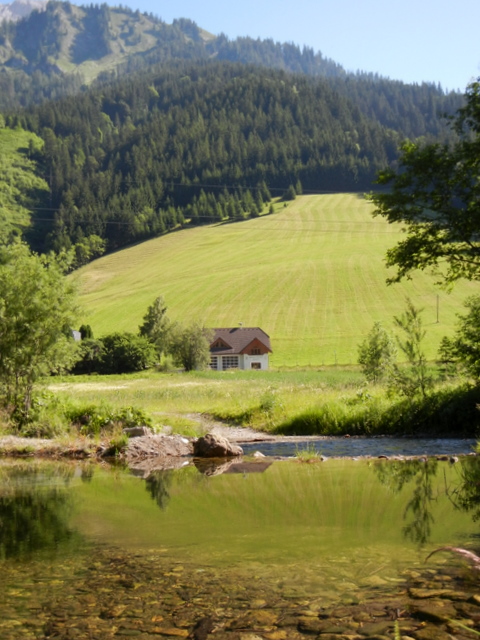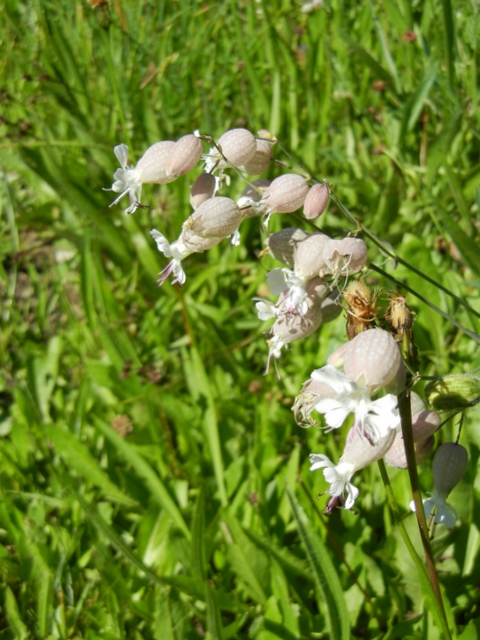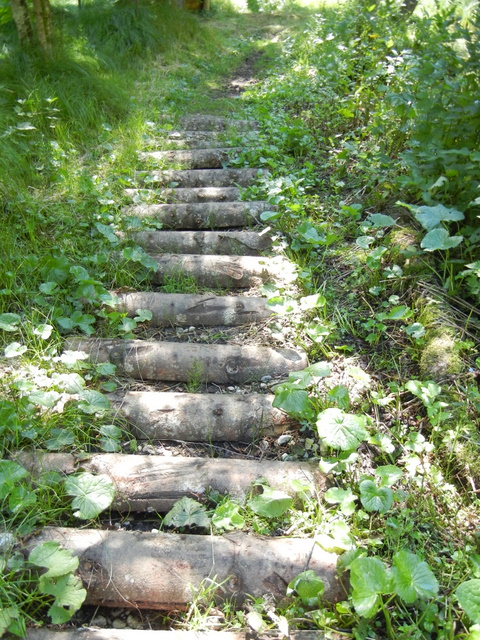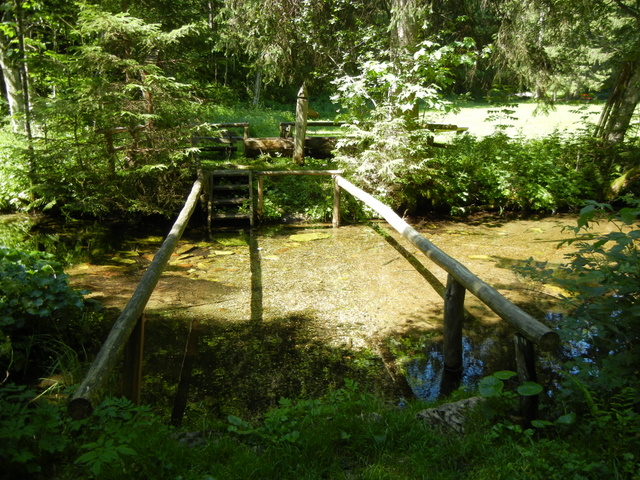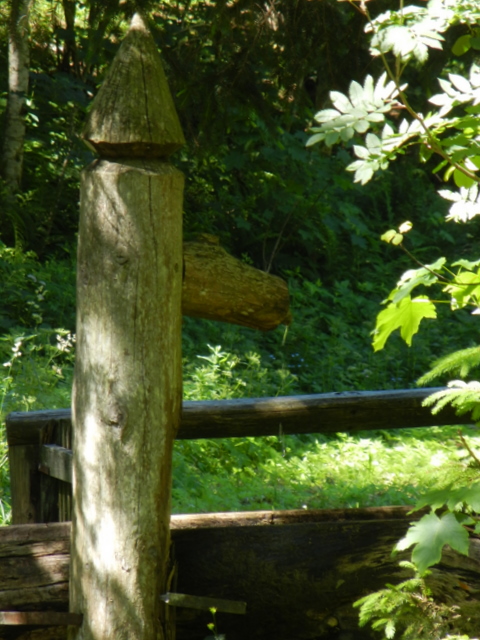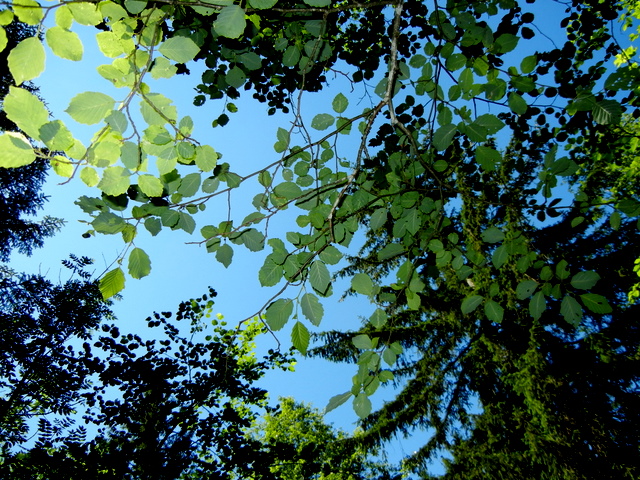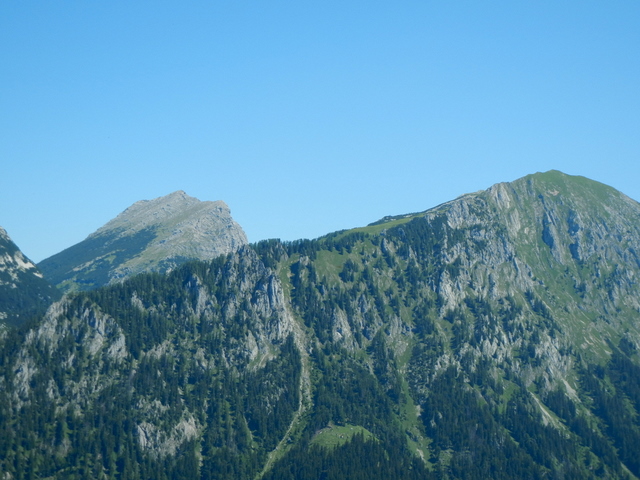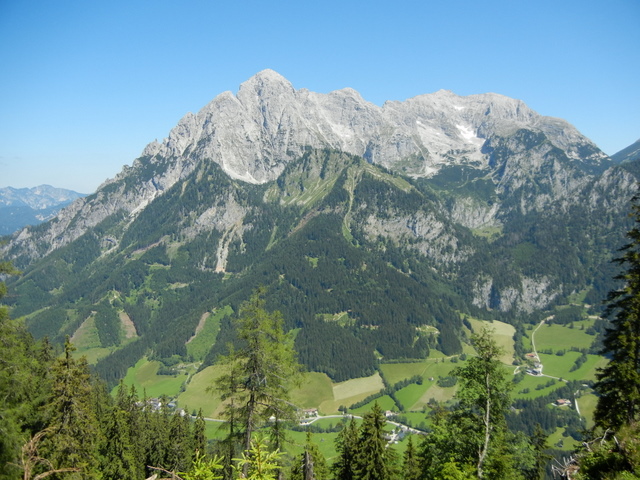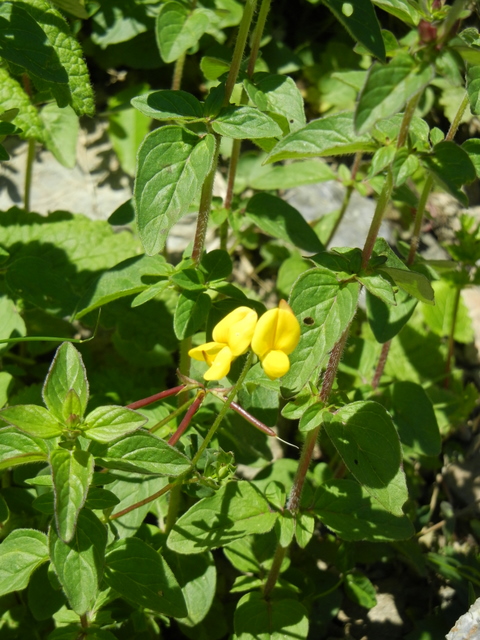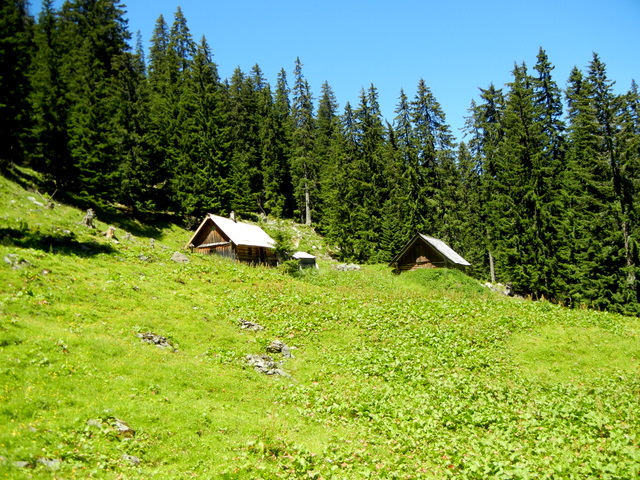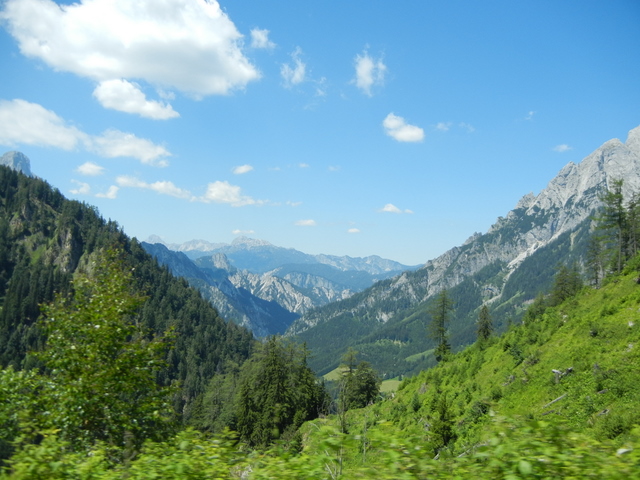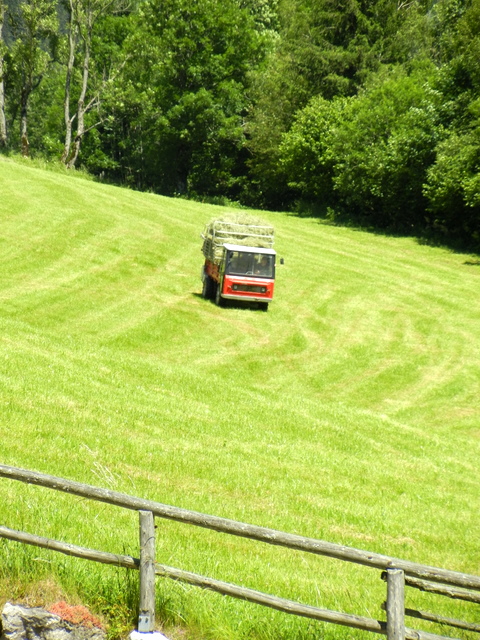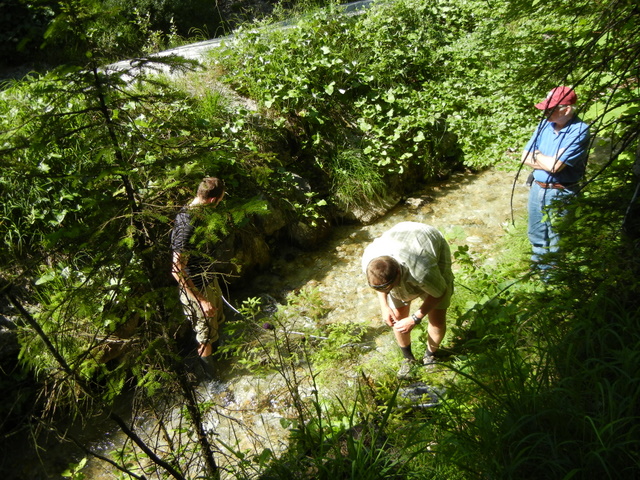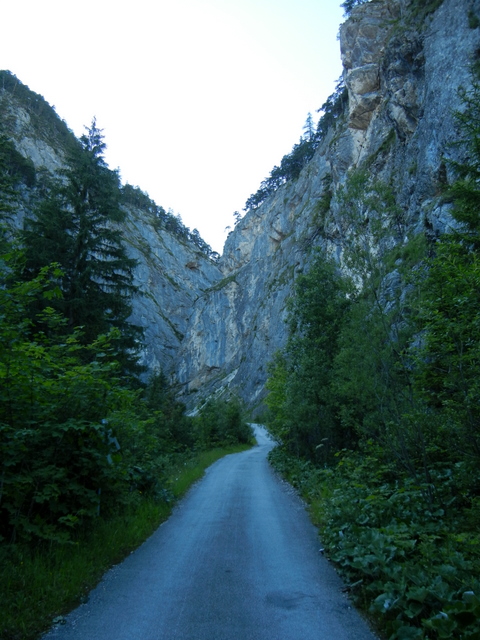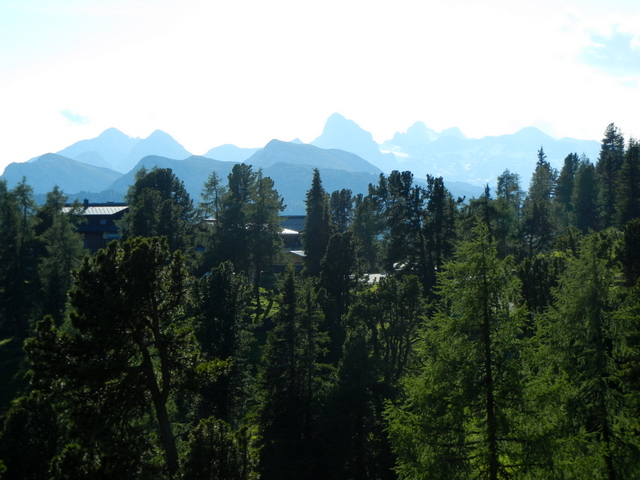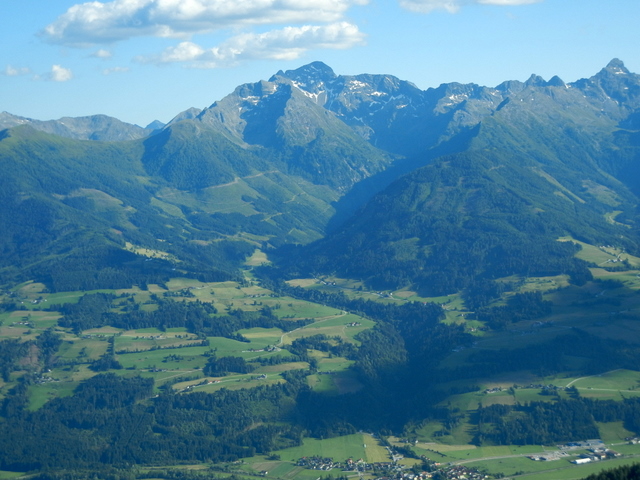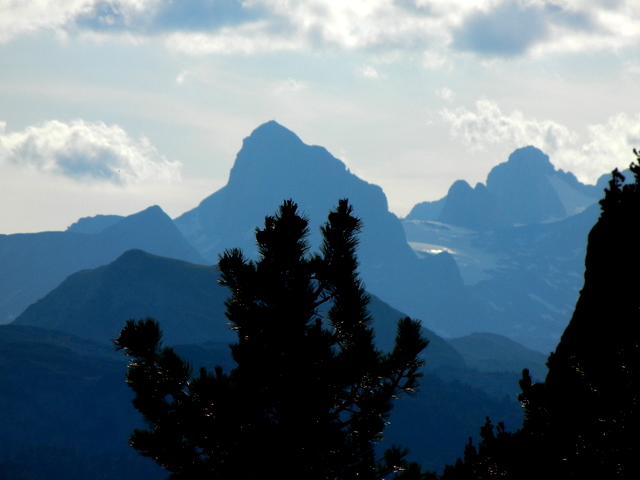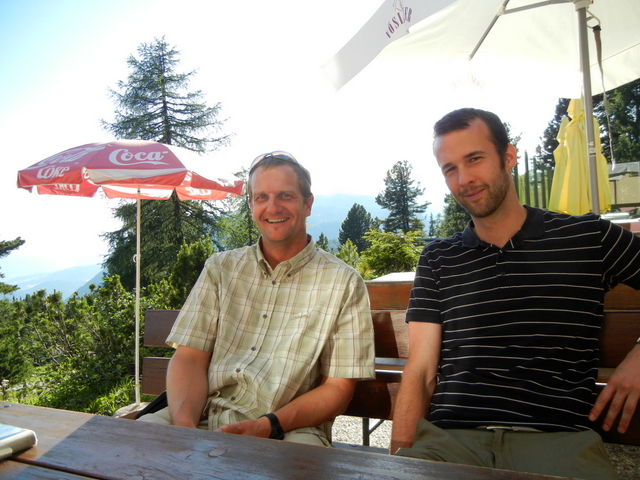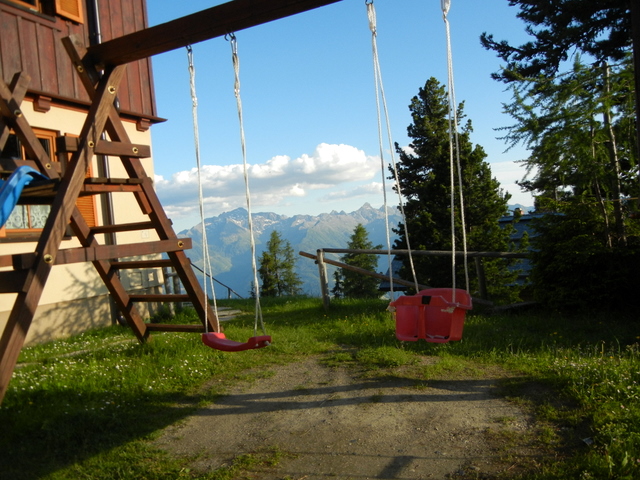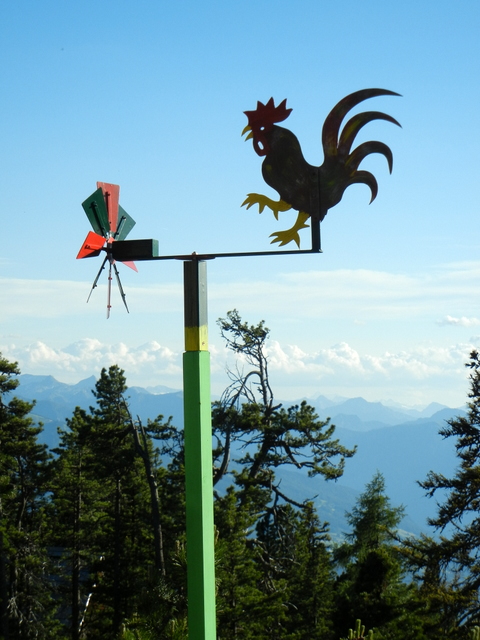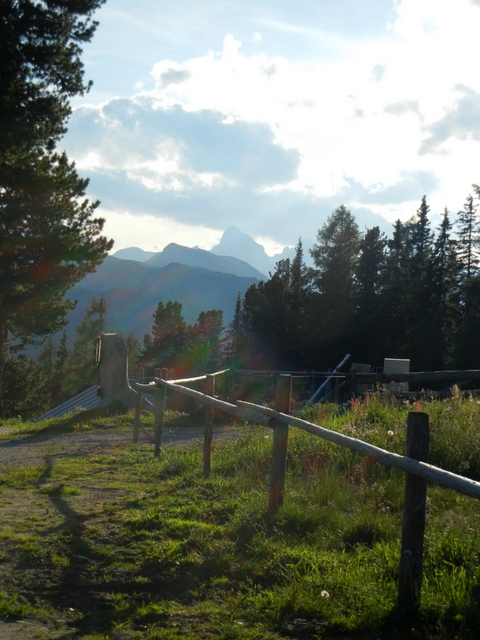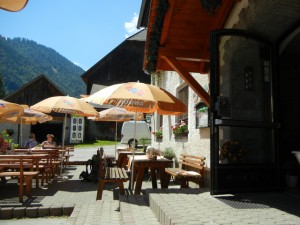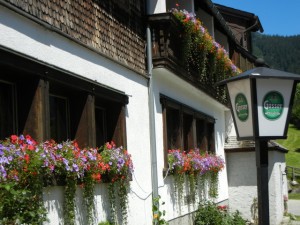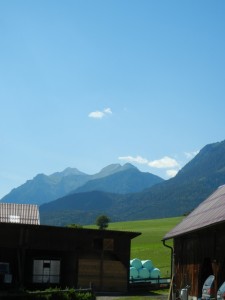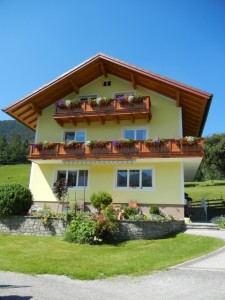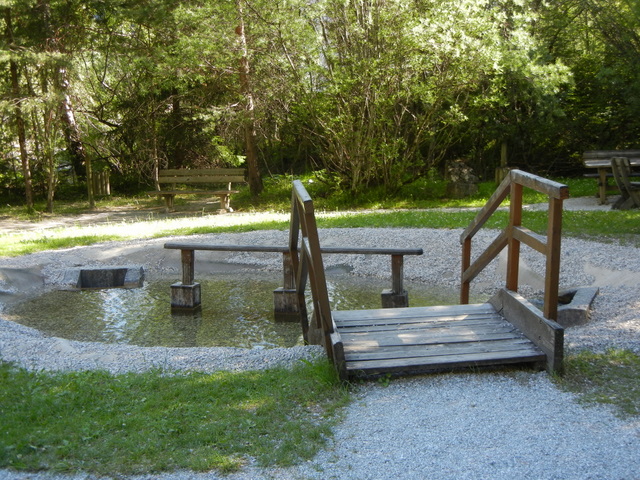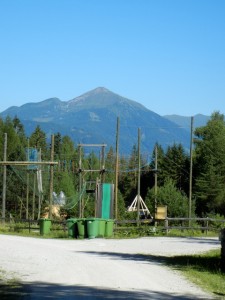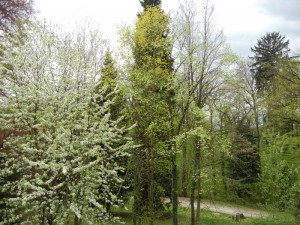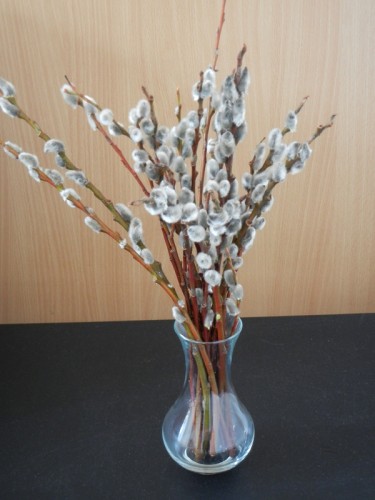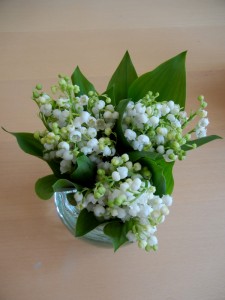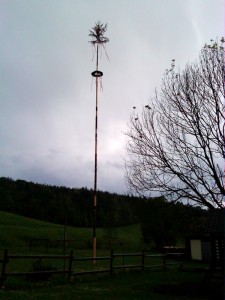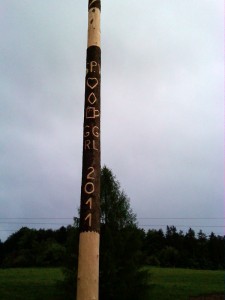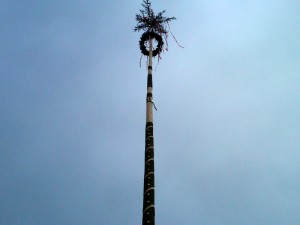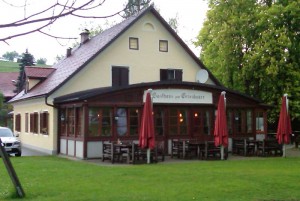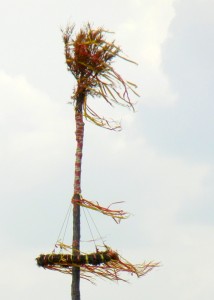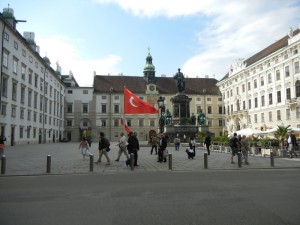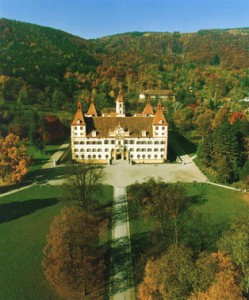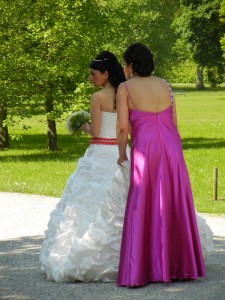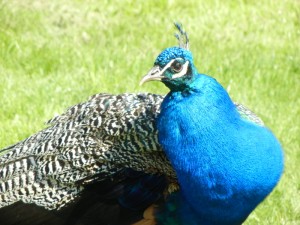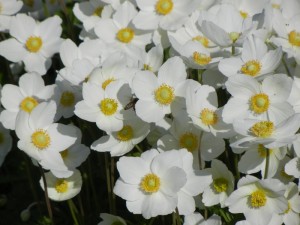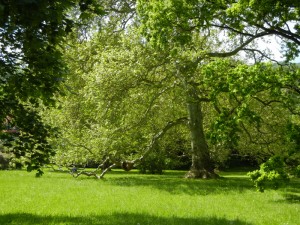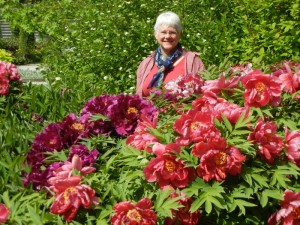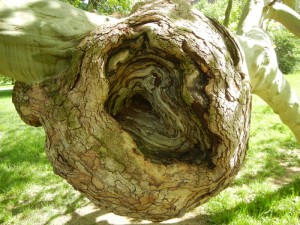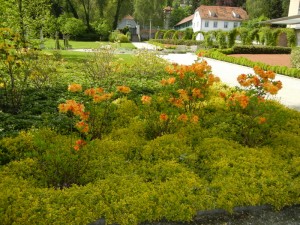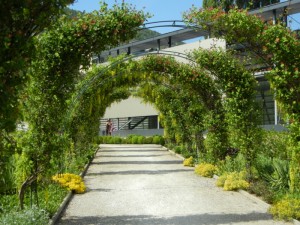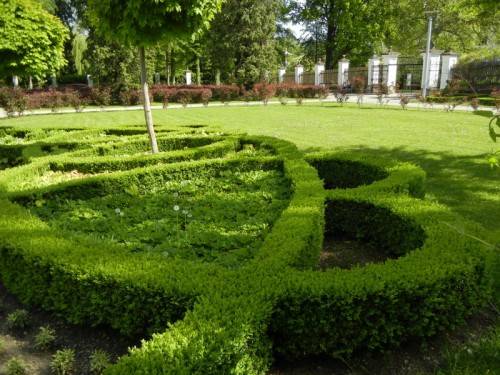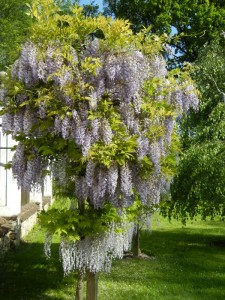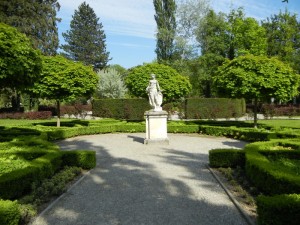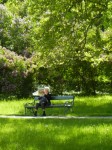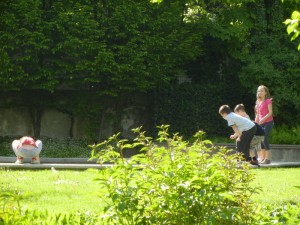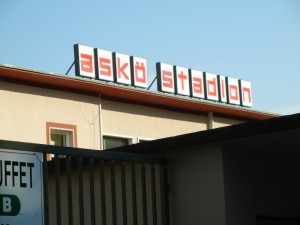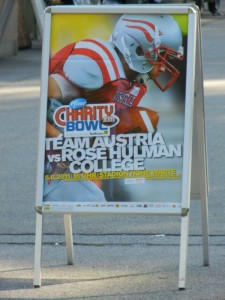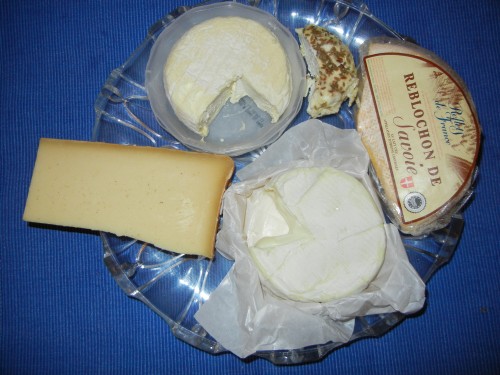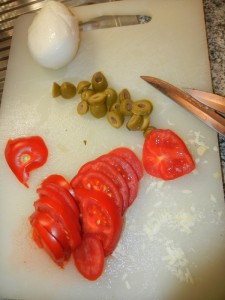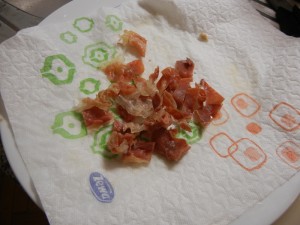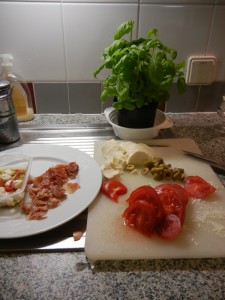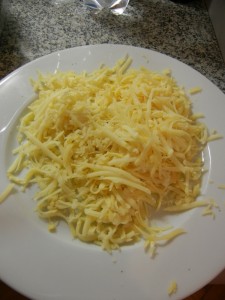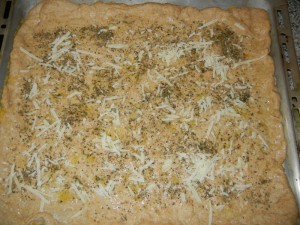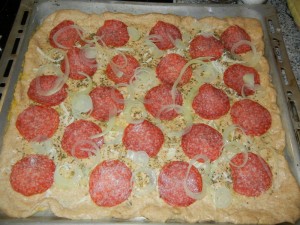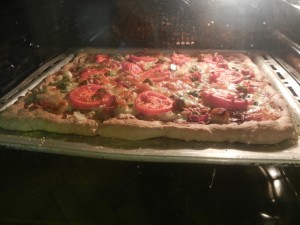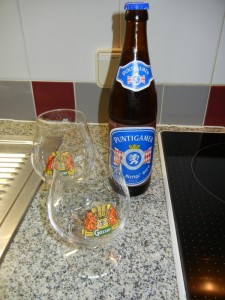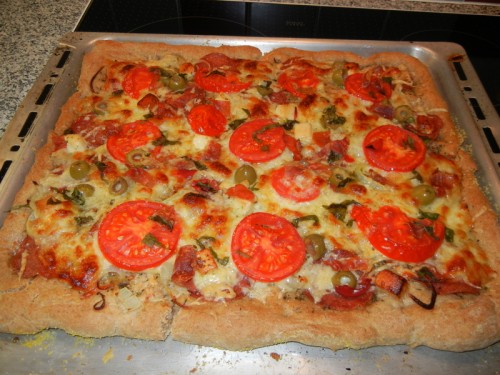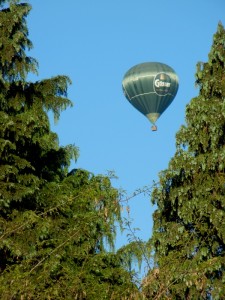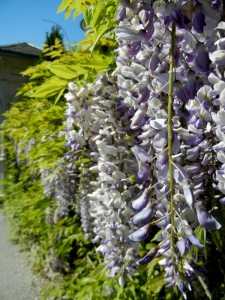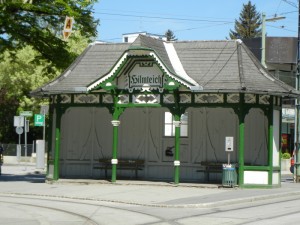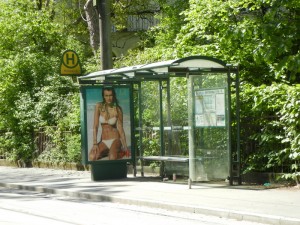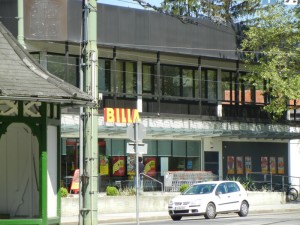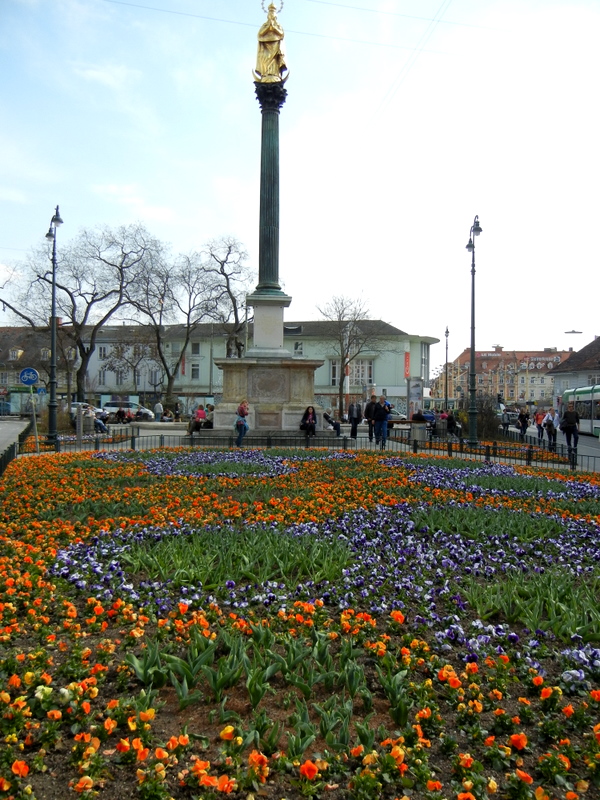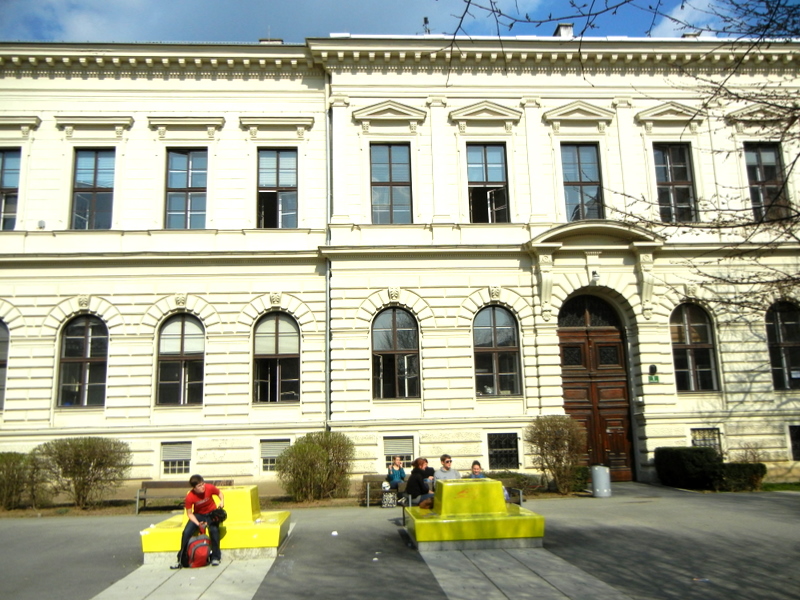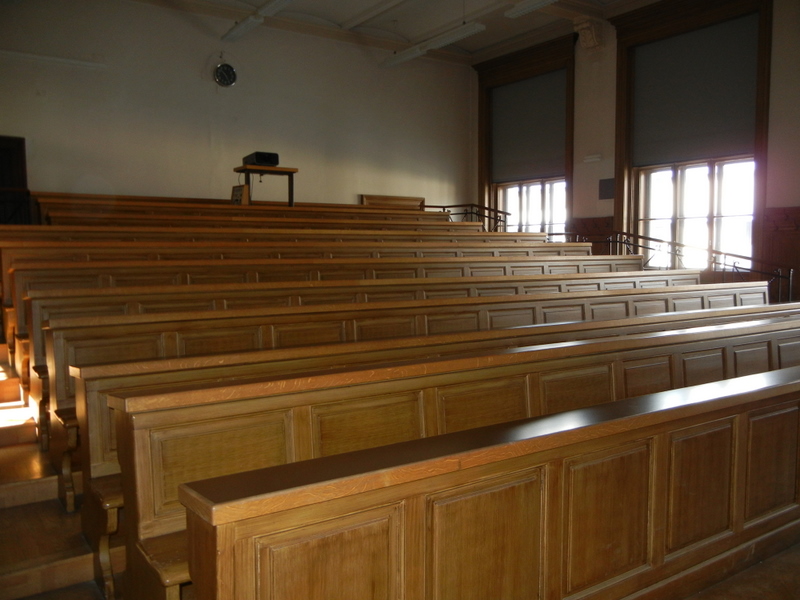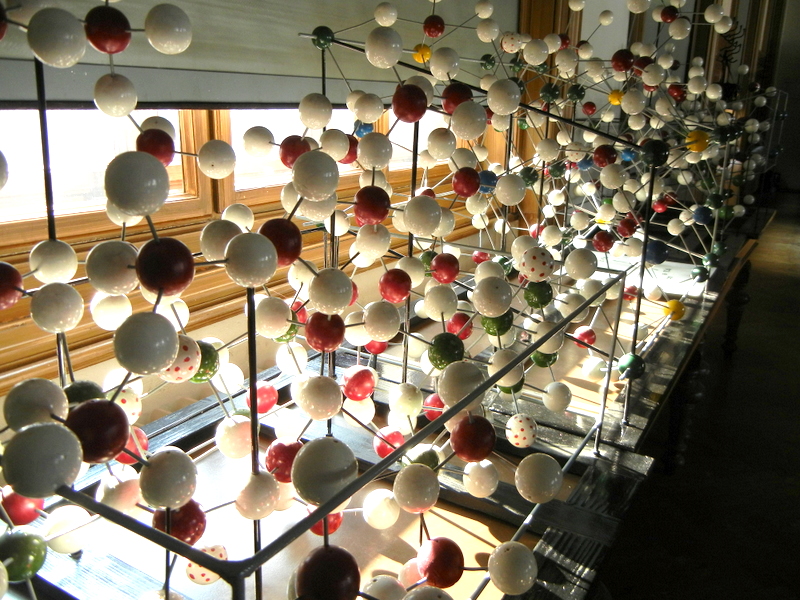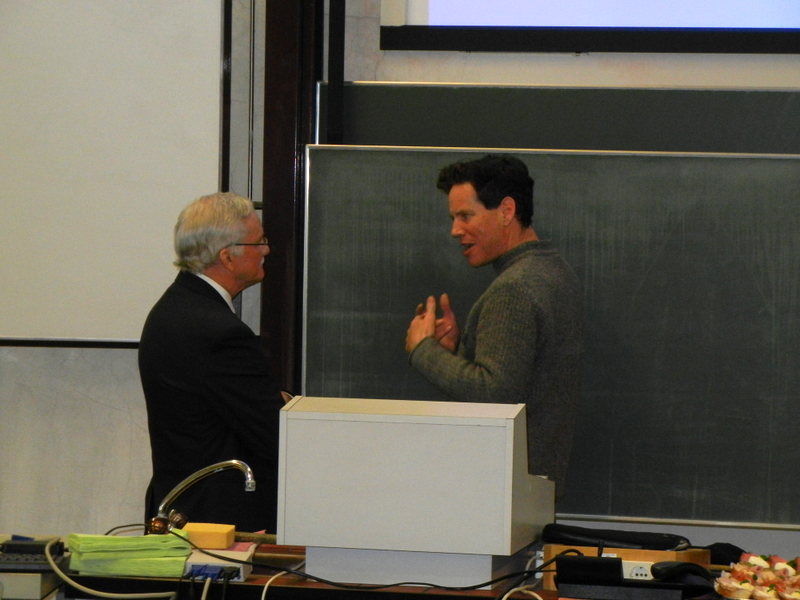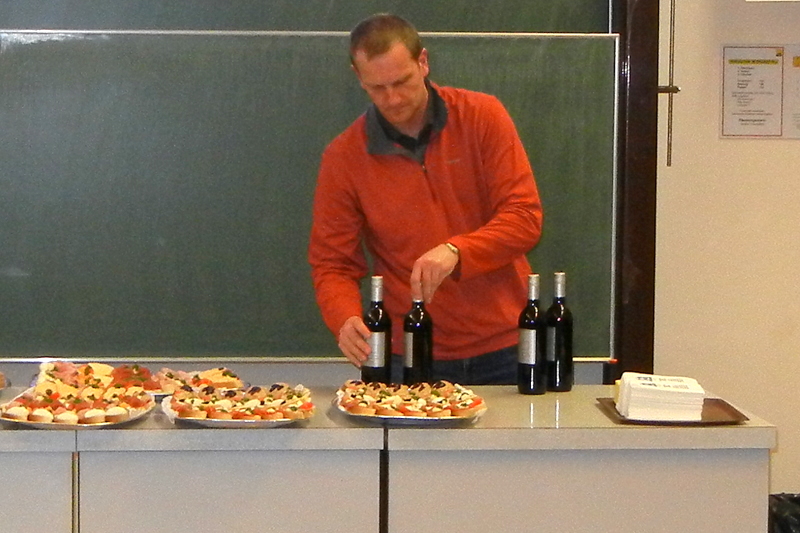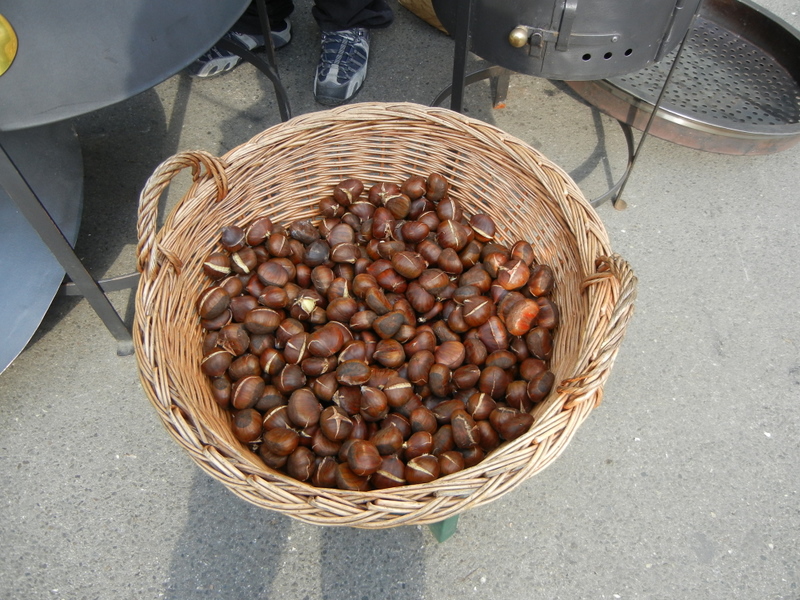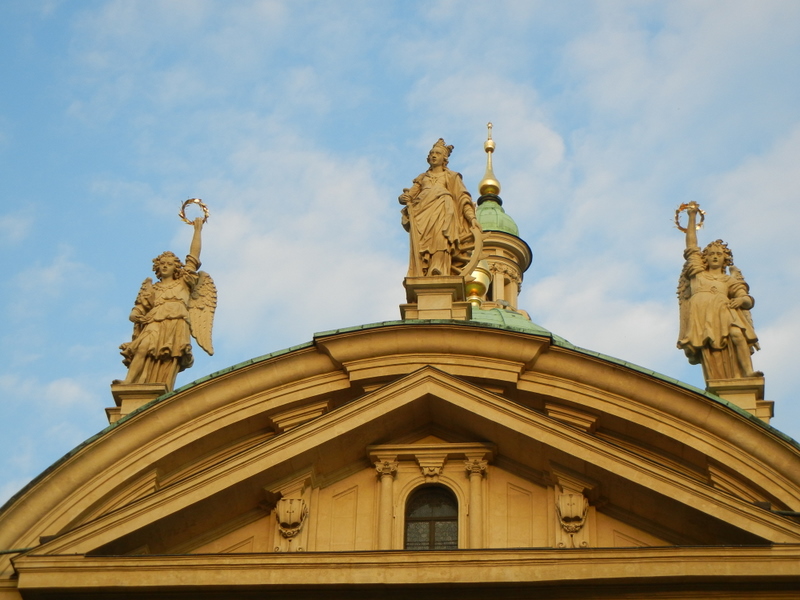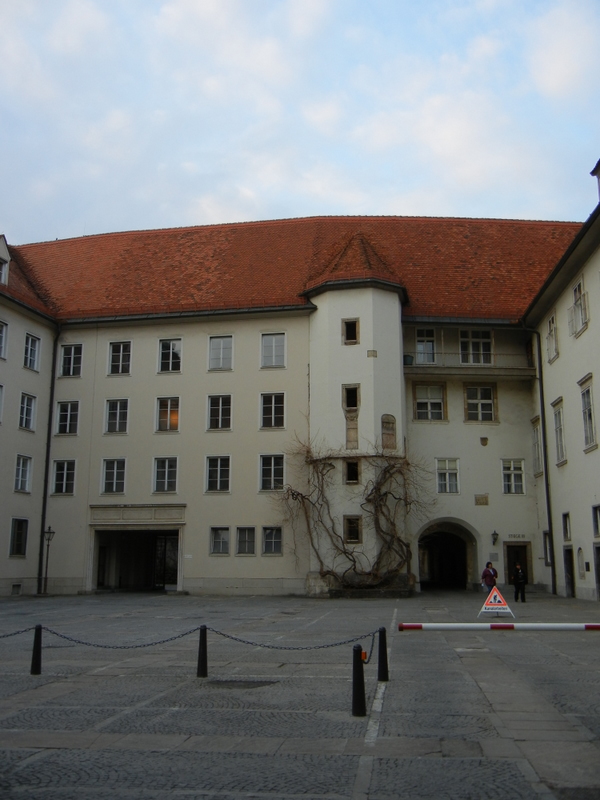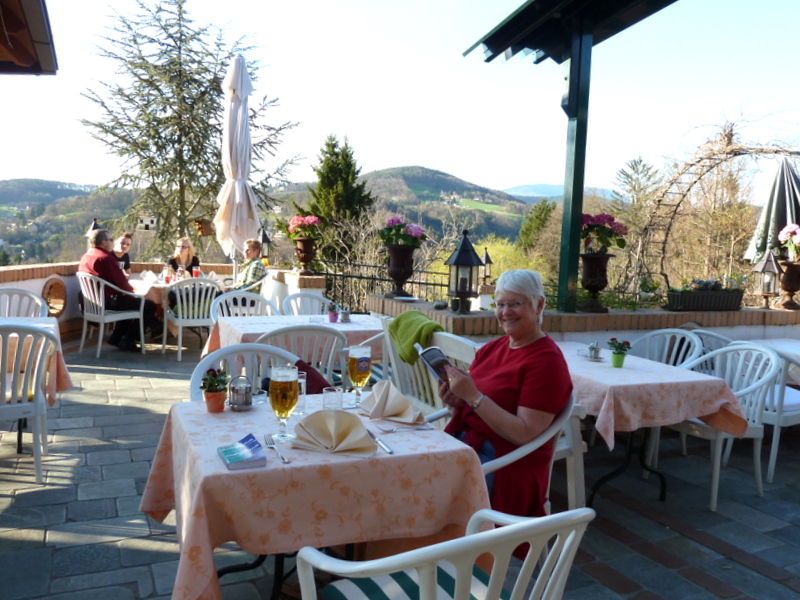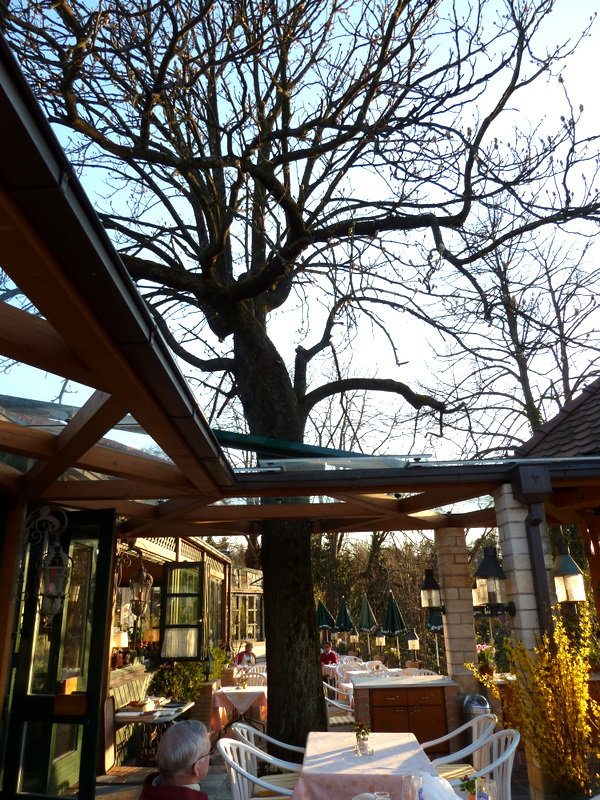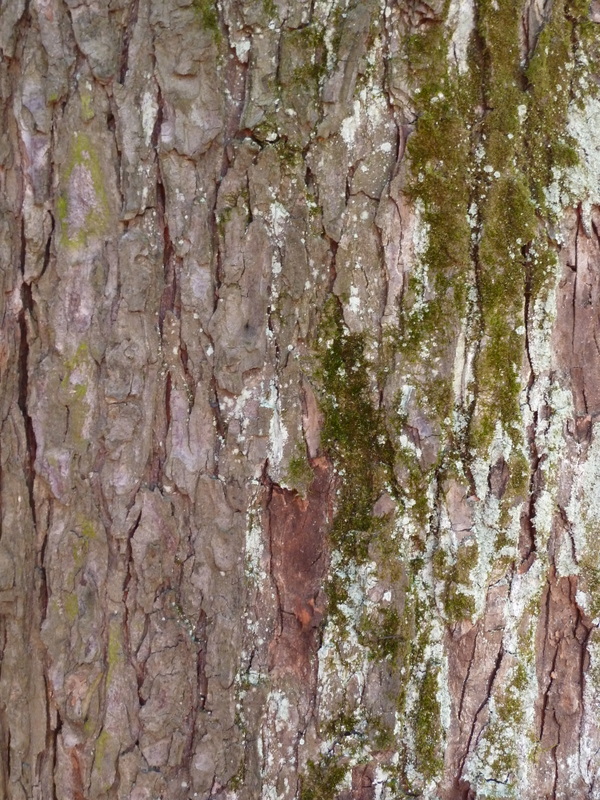Six days prior to leaving Austria, we were mourning the fact we hadn’t been able to get into the real mountains of of this beautiful land, which some people say begin in Carinthia; others at the border between Germany and Austria. In truth, they are both correct as there are three major ranges of the Alps in Austria namely, the Northern Calcareous Alps, Central Alps, and Southern Calcareous Alps. They run west to east across the country of Austria. The Central Alps are mostly granite and consist of the largest and highest peaks of Austria. The Northern Calcareous Alps run from Vorarlberg to Salzburg through Tyrol along the border of Germany. Some of it is also found in the Upper Austria and Lower Austria near the capital city of Vienna. The Southern Calcareous Alps are located on the Carinthia-Slovenia border. Both of these ranges are mostly limestone. These are high mountains, but the peaks seem very impressive because you are starting at such a low elevation from the valley floor.
On Wednesday, Bill’s colleague at Uni-Graz wondered if Bill would like to go with him and one of his graduate students into the western part of Styria to do some field work! This trip would take us into the eastern edge of the Northern Calcareous Alps. Part of the research area is located within the Gesaeuse National Park . I tagged along! We were so thrilled! We visited four valley locations (near Johnsbach and Aich – ~ 600 m.) and then drove almost completely to the top (few guardrails + narrow roads = glad I wasn’t driving!) of two of the peaks (~2300 m) at both places. The purpose was to make some discharge measurements of springs and collect electronic water level data. Some fancy equipment came along (computers, water level measurers, etc.) but also ordinary things like buckets, a hoe, and table salt!
The scenery was beyond beautiful and the weather could not have been more perfect! Everywhere farm fields reached up to the forests, guesthouses welcomed travelers, flowers and cows dotted the grassy meadows. The farmer and gasthaus operator who owns the land where Johnsbach (means John’s Creek) flows, has created a Kneippanlage, a place to experience the method of water therapy made popular by Sebastian Kneipp. (We would see this kind of thing again!)
While the scientists did some work at the place where the spring emerges in the valley, I tried out the Kneippanlage. (Anything to help my poor toe!) It was definitely colder than Flathead Lake and I was reminded that clear running streams are always deeper than they look from the surface!
We finished the day on top of the last peak, hiking to the beautiful, easily reached lookout point high above Gröbming and the Ennstal: the Peace Chapel of Emil Ritter von Horstig. There’s a rope you can pull to ring a little bell, after making a wish or saying a prayer.
The Friedenskircherl was built in 1902 by Emil Ritter von Horstig in a rocky niche. What makes the Friedenskircherl interesting is not only its exposed location, but also that it is not affiliated with any denomination. Emil Ritter von Horstig built the Friedenskircherl as a memorial for all believers. The famous Styrian writer Peter Rosegger was walking to the Friedenskircherl in 1904 and wrote: “What should I write in these mountains full of sunshine, I can only be silent in prayer and blessed.”
Genau. Exactly.

